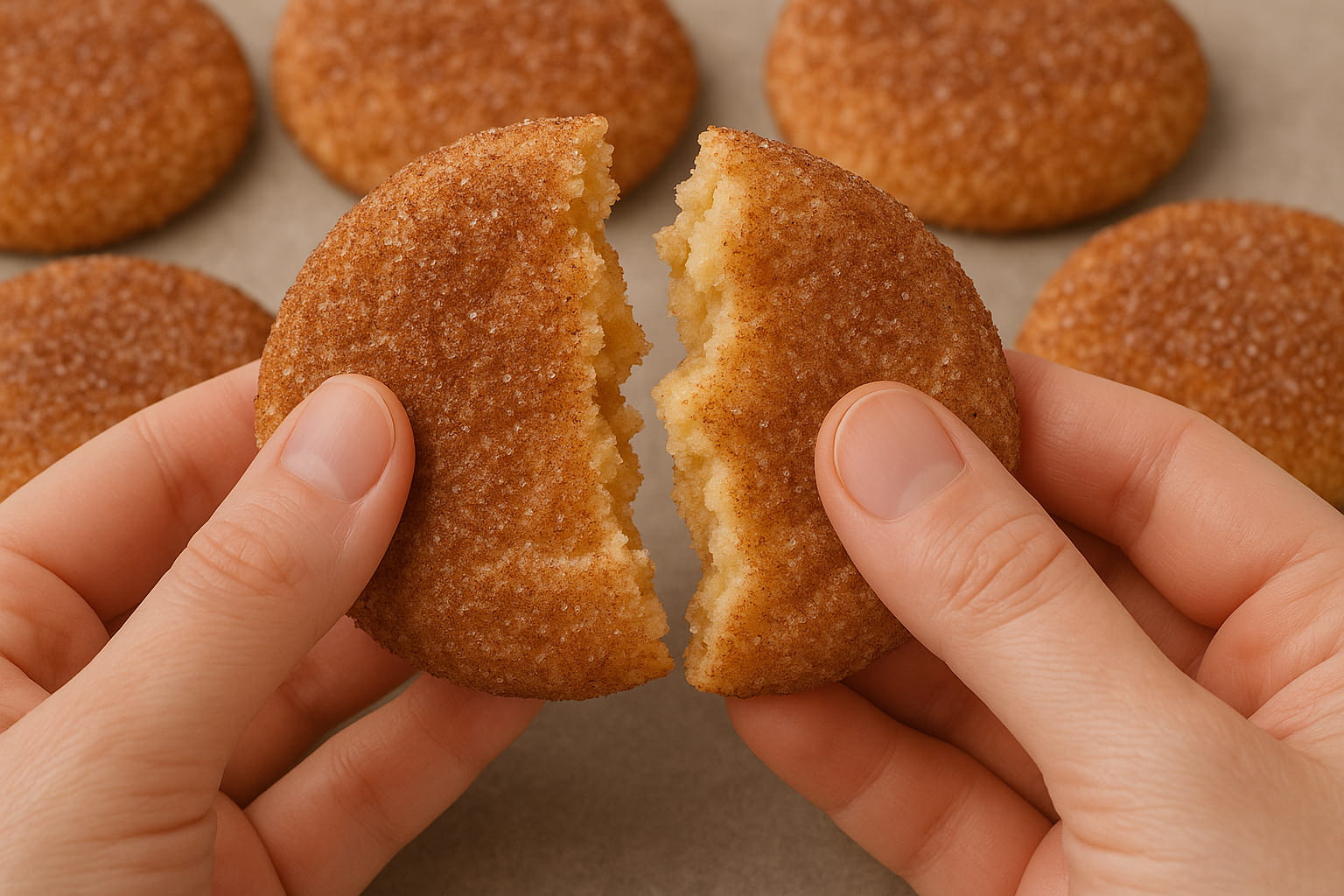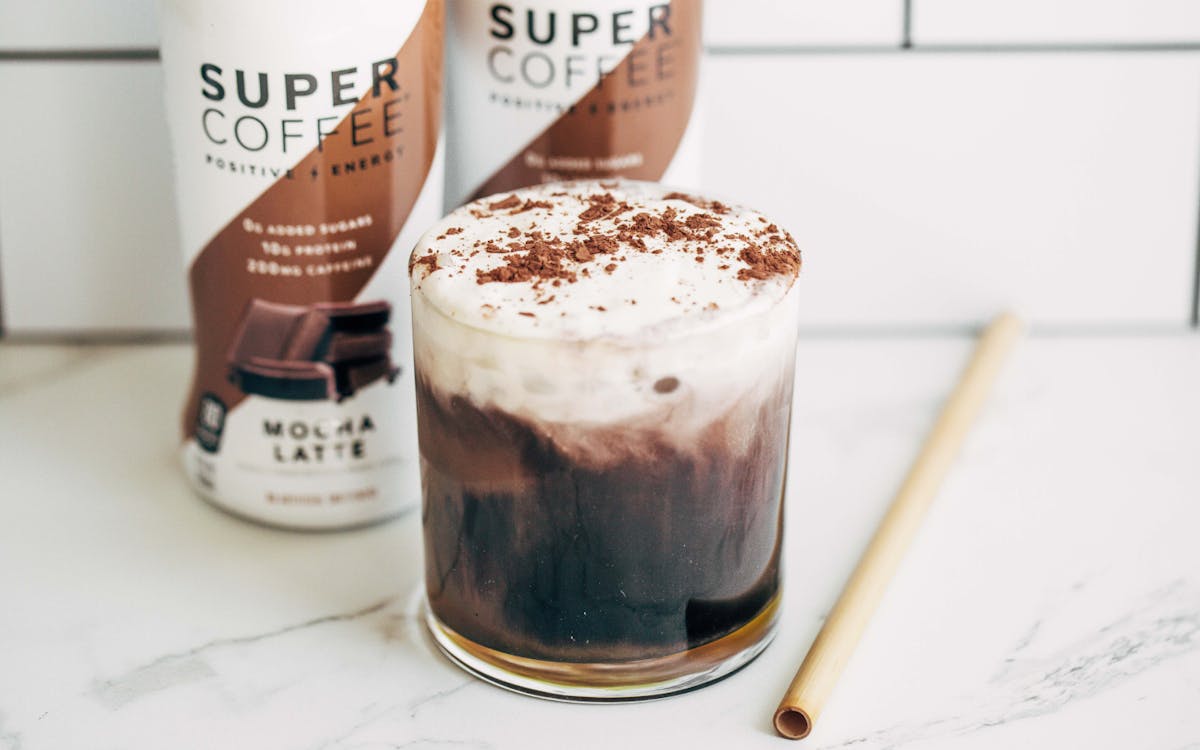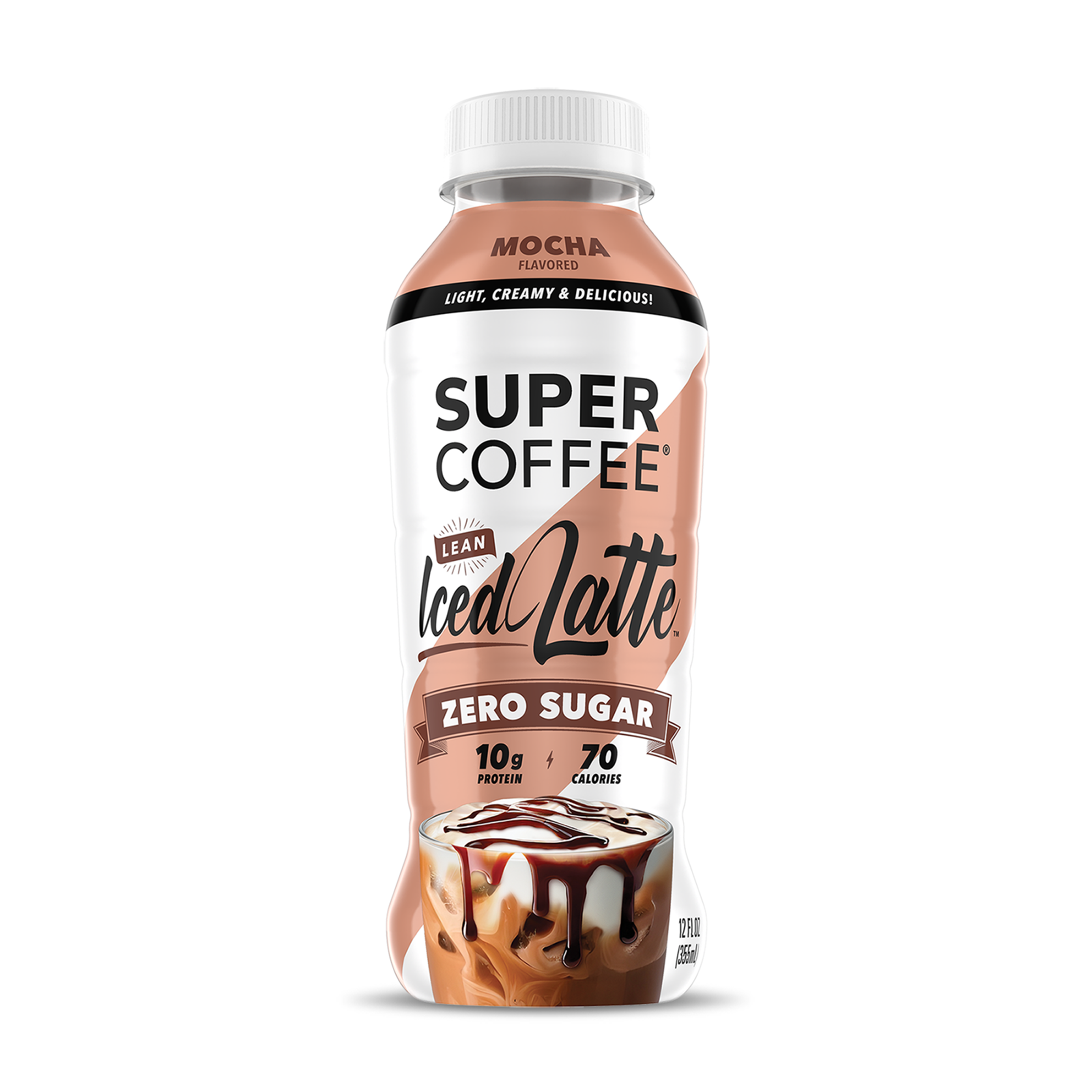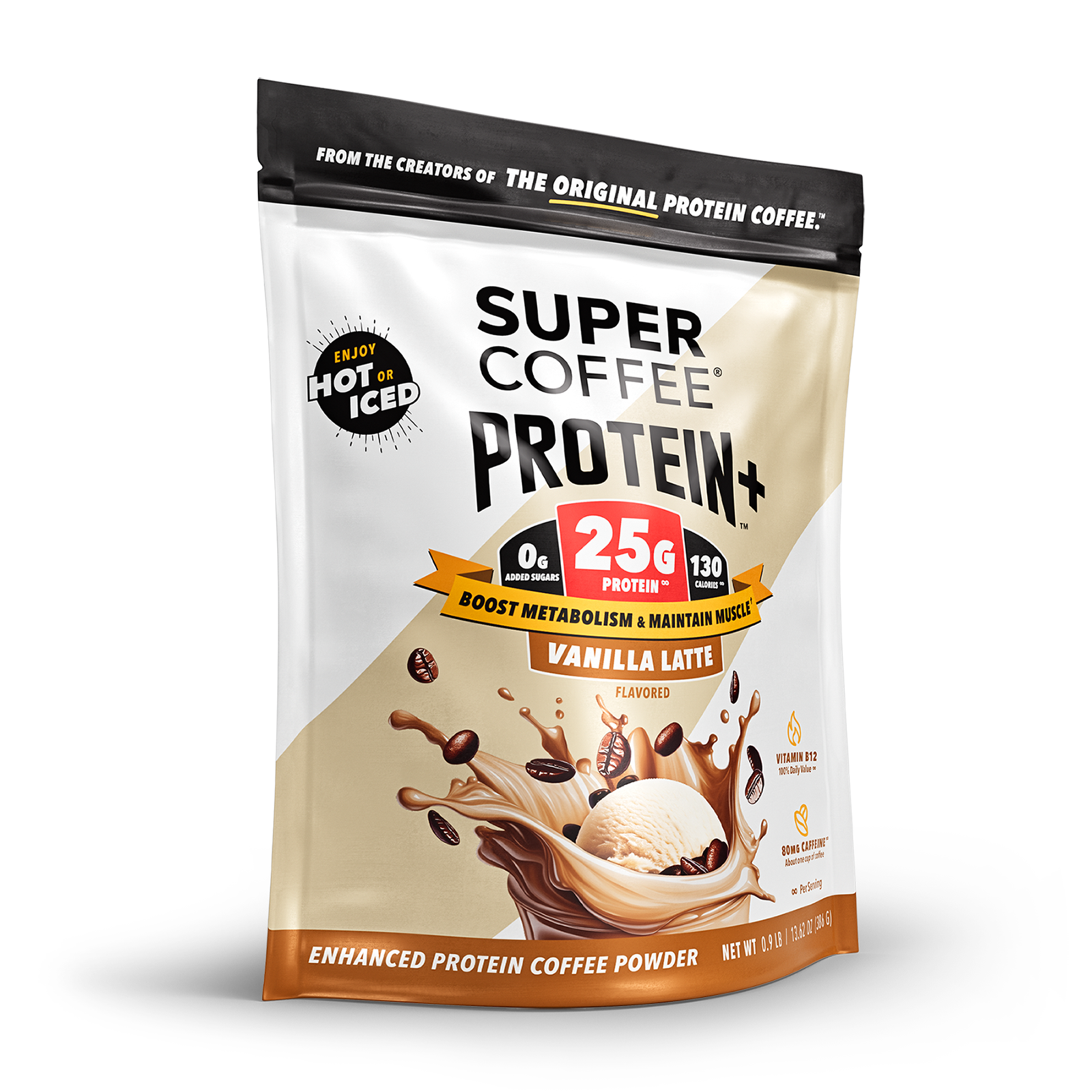Your cart is empty
Everyone knows about the low-carb ketogenic diet. (Most people just call it “keto.”)
Over the last ten years, you couldn’t go online, watch TV or even read a magazine without hearing glowing testimonials from people who’ve lost weight quickly after following keto guidelines. And since it’s been such a big deal for so long, there’s a good chance you know someone who’s done keto.
It sounds draconian, though. When you give up most of the carbs you normally eat, that means giving up bread, pasta, soda, cake, fast food, and many other staples of the modern American diet.
But – that weight loss. Understandably, many people who really need to shed pounds keep thinking about giving keto a try. Each time they consider it, they get closer and closer to taking the plunge.
If you’re seriously thinking about keto, here’s everything you need to know.

What Is the Ketogenic Diet?
This is just a quick summary. We’ll be getting into all of the details shortly.
Keto is a low-carbohydrate, high-fat, moderate-protein diet. On keto, most of the carbs a dieter would normally eat are replaced by high-quality fats and proteins.
The keto diet is a variation on other types of diets restricting carbohydrates, which have been around for more than a century. The approach has been used to successfully treat some forms of childhood epilepsy since the 1920s, and it’s been the reasoning behind previous “flavor of the month” diets like the Atkins diet.
Studies and anecdotal evidence have shown that the ketogenic diet can produce rapid weight loss and other health benefits. There are legitimate questions about whether keto eating is bad for your health over long periods, but keto isn’t simply a fad. It’s in the mainstream and likely to stay there.
Let’s get into the specifics.
Why Would a Ketogenic Diet Help You Lose Weight?

Keto doesn’t make sense to many people at first.
Sure, it seems sensible to stop eating lots of bread, soda, cake, cookies, ice cream and other high-carb foods. We’ve all heard since we were little that sugar and processed grains are bad for us. Eating more protein makes sense as well, especially if it’s fish, poultry and lean meat.
What many people can’t understand, though, is a diet that tells you to eat a lot of fat.
To explain that properly, we have to talk a little bit about biology and physiology. Don’t panic; we’ll make it easy to follow.
How the Body Normally Gets Its Energy
The body and brain, of course, need energy to function.
On the typical American diet, the body breaks down the carbohydrates we eat to create that energy. They’re digested in the stomach, and converted into glucose (also called blood sugar). That’s a fairly simple process; carbs are nothing more than sugar and starches, so they’re easily converted into a different form of sugar.
Glucose is absorbed by the intestines and stomach and sent into the bloodstream. (That’s why doctors do a blood test to measure your blood sugar.) From there, the glucose is either sent to the parts of the body where it’s needed, or stored for later use.
Some of the excess glucose is stored in the liver and muscles in a form called glycogen, which can be easily changed back to glucose. The rest is stored as a form of body fat called triglycerides, to be used in “emergencies.”
As long as other health problems like diabetes don’t interfere, it’s an elegant solution to the body’s energy needs. (The body needs sufficient levels of insulin to be able to use or store glucose; otherwise, glucose builds to unhealthy levels in the bloodstream.)
But keto turns the normal process on its head.
The Keto Diet and Ketosis
The most important thing to remember is that keto is a very low-carb diet. You eliminate all of the carbohydrates you’d normally eat, replacing them with other macronutrients (fats and proteins).
From what we’ve just learned, that creates a short-term problem for the body. If it needs carbs in order to generate energy, what happens when there are virtually no carbohydrates to process?
That’s where things get interesting.
- First, the body will use the glucose that it has stored as glycogen.
- When glycogen runs out and the body needs an alternate energy source, though, something more drastic has to happen. The body begins breaking down stored fat, where the rest of its excess glucose has been stored.
- That stored fat is turned into molecular compounds called ketone bodies, or “ketones” for short. And when the body doesn’t have glucose (or glycogen) available, it can function just as well by using ketones for energy.
- As long as the body doesn’t get “enough” carbs to produce glucose, it continues to burn fat to make ketones. The metabolic state in which the body produces ketones for energy is called ketosis.
What’s the point? It’s simple: to produce ketones, the body burns excess fat. And burning fat is the key to weight loss.
So the goal of a ketogenic meal plan is to put the body into ketosis and keep it there. Even one day of cheating on the keto diet may supply enough carbs to restart glucose production. If that happens, the body is “kicked out of ketosis.” It doesn’t need ketones any longer, so fat-burning stops – and so does weight loss.
Some people have found that intermittent fasting is able to produce fast weight loss, too. But what they’re actually doing is just putting their body into ketosis. Here’s the problem with that: every time they start eating again, they stop losing weight (or put it back on) because their ketone levels drop, and their body is kicked out of ketosis. Start-and-stop dieting doesn’t produce the same results as keto dieting.
Speaking of results, let’s go there next.
Does the Ketogenic Diet Really Help?

Here’s the short answer: yes, at least for most people. We’ll break the longer answer into two parts.
The Keto Diet and Weight Loss
Newcomers to keto usually have two big questions:
“Does it really help you lose weight?” “How much weight can you lose?”
The first answer is yes. Most people do lose weight if they follow ketogenic guidelines for a month or more. Studies say weight loss peaks after about five months, although many medical experts say keto should only be a short-term solution followed for just a month at a time.
Unfortunately, there’s no easy answer to the second question. It depends on a lot of factors including how strictly you follow the diet, how healthy you are, and your body weight and BMI (body mass index).
Here’s a ballpark idea, though. Most people lose 5-10 pounds almost immediately, but not because they’re burning body fat. That initial weight loss is just water weight. After that, many people lose an average of 1-2 pounds per week on keto.
Is the keto diet a “better” choice? Studies have been done comparing the ketogenic diet to other low-carbohydrate diets, finding that participants lost more weight on keto than on diets like the Mediterranean diet or Atkins. It’s also been shown to be more effective than most low-fat diets, as well as some that regulate calorie intake.
There may be a good reason for that in addition to fat burning. When you follow Keto guidelines, you’re likely to have a lower appetite. Ketones have been shown to reduce production of hormones (ghrelin and insulin) that make you feel hungry, while boosting levels of another hormone (cholecystokinin) that curbs the appetite. One other factor: you simply feel fuller when you eat fat and protein, instead of the empty calories of most carbohydrates.
The Keto Diet and Other Health Benefits
Fat loss is good for your health and wellness, of course. But research shows that the ketogenic diet appears to provide many other benefits as well.
- Type 2 Diabetes: A keto diet plan has been shown to lower blood sugar, cholesterol and triglyceride levels, and improve insulin sensitivity and glycemic control. All are good for overall health but particularly important for those with diabetes. In fact, some diabetics in controlled studies were able to discontinue medications after spending some time on a ketogenic diet.
- Heart Health and Heart Disease: Research has shown that keto eating plans can improve most of the risk factors that lead to cardiovascular problems. They include HDL (“good cholesterol”) and LDL cholesterol (“bad cholesterol”) levels, high blood pressure, high blood glucose levels and obesity. That would seem to make keto a good choice for those suffering from metabolic syndrome, too.
- Epilepsy and Other Neurological Diseases: We’ve already mentioned that low-carb diets like keto have been used to treat some forms of epilepsy for more than 100 years. They’ve also shown promise for the treatment of other neurological conditions, including Parkinson’s disease, Alzheimer’s disease, and TBI (traumatic brain injury).
Those are the medical issues which have been studied most closely in connection with the keto diet. Indications from more preliminary research suggest that ketogenic eating may also help with mental focus and digestion, migraines and skin conditions like acne, PCOS (polycystic ovarian syndrome) and even some types of cancer.
We can’t see you, but even so, it looks like you’ve been sold. All you need to know is exactly what you can and can’t eat on keto, and how to go about starting on a ketogenic diet.
We’ve got you covered.
The Nitty-Gritty of the Ketogenic Diet
We should start by mentioning that there are many “forms” of the keto diet.
You may have heard about clean keto, dirty keto, targeted keto, keto 2.0, and many other types of the ketogenic diet. They’re all based on the same general principle: forcing the body into ketosis to force fat-burning and weight loss.
Some of those types of keto are better than others. Clean keto, for instance, places a premium on high-quality organic foods, while dirty keto (also called lazy keto) allows you to cheat on the guidelines – at the risk of falling out of ketosis. Most other forms of the diet are designed for athletes whose bodies undergo more stressors than the rest of us.
For the rest of this article, we’ll be focusing on standard keto. It’s the version most people follow, and it’s the one for which the majority of keto recipes have been created.
OK? Let’s dig into the details.
The guidelines for a standard keto diet govern how much of each macronutrient group you can consume each day:
Carbohydrates: 5% of daily calories Protein: 20% of daily calories Healthy Fats: 75% of daily calories
Those percentages vary a bit in some keto guides. But you probably won’t be rigorously measuring your carb intake or calorie consumption. There are apps which can help you crunch the numbers down to decimal points, but most people simply use approximate numbers that are based on Americans’ normal diets.
What’s more important is realizing how much of a change ketogenic eating will be.
The government’s Dietary Guidelines for Americans recommends that people get 45%-65% of their daily calories from carbs. On keto, that number is cut to 5%, replaced by much greater consumption of protein, and especially, healthy fats.
That pretty much says it all. You have to drastically change what you eat to follow a ketogenic eating plan.
The first thing to understand is what each macronutrient group includes, and how much (or little) of each you can eat.
Macronutrients: Carbs, Protein, and Fats

We’ll take these one at a time.
Carbohydrates
Carbs are essentially just sugars and starches. But you might be surprised at some of the foods that are high in carbs.
Let’s start with the easy ones. Bread (even bread made from whole grains) and baked goods, potatoes and pasta, rice and cereal all contain lots of carbs, and for the most part, they’re off-limits on keto. The same goes for almost all processed and packaged foods.
The more surprising ones include many dairy products (lactose is dairy sugar), some vegetables (particularly veggies that grow underground, plus legumes like beans and peas), and most fruits (fructose is “fruit sugar”). Seeds and nuts also contain carbs, so they’re good snacks but aren’t “unlimited” foods as they are on some other diets.
Obviously, sugar is a carb, as are common substitutes like corn syrup and maple sugar. You can’t put them into your coffee or tea, or cook or bake with them. In fact, you may find yourself becoming a compulsive label-reader when you follow a keto diet, since even foods like bottled salad dressings, ketchup and tomato sauce, flavored yogurt, non-dairy milk and flavored water all contain sugar.
How on earth do you measure the percentage of calories from carbs that you eat? Most people don’t.
The easier way to do it is to count the carbs that are in the foods you consume. 5% of calories from carbs in a traditional American diet is about 20 grams of carbohydrates per day, so that’s the number that’s usually used by keto dieters. (Most people will end up eating the “right” amount of healthy fats and proteins, once they’ve eliminated most carbs from their diet.)
Here are a few examples of the carbs contained in common foods. (The measurement is actually grams of carbohydrates, but it’s often shortened to just “carbs.”)
- One slice of bread: 10-20 carbs
- One cup of pasta: 45 carbs
- One cup of rice: 45 carbs
- Medium baked potato: 40 carbs
- One cup of milk (whole, low-fat, skim): 12 carbs
- One cup of plain yogurt: 14 carbs
- Medium apple: 25 carbs
- Small order of fries: 30 carbs
- One tablespoon of sugar: 15 carbs
Sobering, isn’t it? All of those foods either put you over the daily limit all by themselves, or will use up almost all of your allowance for the day. That’s why the “prohibited” list of keto foods can seem so intimidating. Don’t worry, though; there’s plenty of good stuff you can eat.
Healthy Fats
When people think about ketogenic dieting, they often skip over one word. You don’t eat a lot of fat on keto, you eat a lot of healthy fat.
That means there’s a “prohibited” list for fats on the keto diet, even though fats are supposed to make up 75% of daily calories.
It’s good to eat lots of unsaturated fats on a ketogenic eating plan. Avocado (and avocado oil) are far and away the healthiest, best fats to eat on keto. Butter, extra-virgin olive oil, coconut oil, sesame oil, flaxseed oil and walnut oil are good too, as are lard and ghee. We’ll get to proteins momentarily, but fatty fish (like salmon) and eggs are excellent sources of healthy fat.
Saturated fat isn’t banned on the keto diet; unsaturated fat is just a better choice. What are banned are partially-hydrogenated oils, trans fats and highly-processed oils. You should stay away from corn oil, sunflower oil, safflower oil, palm oil, peanut oil and margarine. You probably don’t use those regularly, but you know who does? Restaurants, especially fast food ones.
Proteins
We’ve saved the best for last. Fatty meats, poultry and fish high in Omega-3 fatty acids are ideal when you’re on a keto diet because their fat content is healthy. The best choices include salmon, tuna, sardines, mackerel, strip or ribeye steak, chicken thighs (with the skin), lamb chops, pork belly and ribs.
Look for high-quality proteins, ideally ones that have been grass-fed and pastured, free-range or wild-caught. The same goes for eggs; the best are eggs from free-range poultry. But almost all proteins get the green light on keto, even deli meats and hotdogs, unless they’re breaded, stuffed with carbs, or heavily processed (like bacon cured with sugar).
Get your inner carnivore ready!
The Details: What You Can and Can’t Eat on Keto

The overview we’ve just provided should give you a good idea of the ground rules for keto – but if you’re going to get serious, we know that’s not enough. You need to know exactly what you can and can’t eat. We’ve covered proteins, processed and packaged foods pretty thoroughly, but there’s a lot left to discuss.
Hang on. We’re going to do a lightning round.
Dairy
Yes: Butter, heavy or whipping cream, cottage cheese, sour cream and Greek yogurt, but in moderation; they contain a lot of calories. Full-fat milk only, and only occasionally; a glass will eat up most of your daily carb allowance. Hard cheeses like romano, parmesan and asiago are the lowest in carbs, but most semi-soft (like Swiss and cheddar) and soft cheeses are OK in moderation only. Mozzarella is the most popular of that last group.
No: Non-fat and low-fat dairy products, processed cheese (like American cheese), margarine.
Vegetables and Fruit
Yes: Leafy greens (like lettuce, cabbage and spinach) and green vegetables (like broccoli, cauliflower and asparagus), salad veggies (like tomatoes and cucumbers and green peppers). Carrots and onions are higher in carbs, so only can be eaten occasionally. Berries, watermelon, cantaloupe and star fruit are also just occasional treats,
No: Below-ground veggies like potatoes, sweet potatoes, parsnips, legumes including peas, peas and lentils, as well as corn. Almost all fruits, including dried fruits, are way too high in carbs to make the “good” list.
Nuts and Seeds
Yes: Chia seeds, flaxseeds, hemp seeds, pumpkin seeds, walnuts, pecans, Brazil nuts, hazelnuts, macadamia nuts – but all in moderation, since they’re high in protein but also contain a decent amount of carbs and calories.
No: Cashews, pistachios, almonds, peanuts, sunflower seeds, except as occasional treats.
Beverages
Yes: Water, black coffee (or with heavy cream), black tea, wine, unsweetened nut milks like almond milk or cashew milk, alcoholic spirits (gin, vodka, whiskey, rum, tequila) without mixers, bone broth. (A few beers are low-carb, so they’re in the “in moderation” category.) Keto coffee (black coffee with added MCT oil and grass-fed butter or ghee) may help you stay in ketosis and get more healthy fat, but only one per day. There’s way too much saturated fat and calories in there for more than one.
No: Soda, energy drinks, vitamin water, fruit and vegetable juices, smoothies and shakes, soy milk, dairy milk (except once in a great while, if it’s full-fat).
Sweeteners
Yes: Natural sweeteners like stevia, monk fruit extract, erythritol – but many nutritionists and dieticians say you should avoid those too, because they can create cravings for more sweets. The same goes for zero-carb diet sodas.
No: Sugar (of all types, including coconut sugar), artificial sweeteners like Splenda and Equal (for the same reason as the “yes” sweeteners, plus the fact that they’re not good for you), corn syrup, honey, maple syrup, maltitol and xylitol.
Snacks and Desserts
Yes: Whole, natural foods like the nuts, cheeses and vegetables we’ve mentioned are best; you can make low-carb dip to dress up the veggies. Eggs and salads are good, as are avocado and cold cuts, pork rinds and zero-sugar jerky. Berries with heavy whipped cream are a good treat, as is one square of dark (70%+) chocolate.
No: Just about everything else, including cookies, cake, candy, chips, ice cream and fruit.
Although…
What About Those Keto-Friendly Foods Sold in Store?
They can be a life-saver when you get cravings, but you have to be very careful. Just because the package says “keto-friendly,” that doesn’t mean the food really is. Check the label for net carbs (that’s total carbs minus fiber), and check the ingredient label to see what’s actually inside. There may be forbidden sweeteners, vegetable oils, starches or fillers.
And think twice about whether you truly need those foods. There’s a good chance they’ll contain artificial preservatives or food additives – and above all, keto is about healthy eating in addition to cutting carbs.
You’re trying to lose weight, right? The way to do it, other than following the keto diet, is to make your own keto meals at home with natural, healthy ingredients.
Are There Side Effects Of A Ketogenic Diet?
The one most people have heard of is the “keto flu.”
It’s not really the flu. But as your body adjusts to a lower carbohydrate intake, enters ketosis, and loses electrolytes through frequent urination (that’s the water weight loss), you’re likely to feel flu-like symptoms like fatigue, headaches, constipation, and possibly nausea and vomiting. It won’t last long, a week at most, but it’s something to be prepared for.
Other common side effects include bad breath, irregular menstrual cycles, mood swings and sleep issues; occasionally people may develop kidney stones or even develop bone or heart damage if they get too dehydrated. Staying hydrated is crucial while on keto.
Some people who aren’t getting a good balance of nutrients and micronutrients (particularly potassium, sodium and fiber) may develop dietary deficiencies and may require supplements. Medical advice should be sought in that event. Loss of muscle mass has also been reported for people who stay on the ketogenic diet for long periods of time.
Experts also warn that those who try keto but find it difficult to stay on track can get into the habit of so-called yo-yo dieting. That not only allows the weight to come right back, but it’s likely to lead to a buildup of abdominal fat and a higher risk of diabetes. (If you find it difficult, some people have been successful trying a less-arduous low-carb diet first, and then moving on to keto once they’ve gotten used to going without lots of carbs.
Who Should Not Consider the Ketogenic Diet?
Type 2 diabetics may benefit from keto dieting, but they should always check with their doctor before starting. Potentially-dangerous issues can result if they’re taking medications called SGLT2 inhibitors; they could end up in diabetic ketoacidosis, which is when insulin levels are too low to process glucose and ketones in the blood. Type 1 diabetics are at greater risk of ketoacidosis and should never try keto.
Others who should avoid keto dieting are those who are pregnant, people with low kidney function, and patients with eating disorders or COPD. Those who take medications that affect liver or kidney function could also be at risk of serious medical issues.
The keto diet has helped millions of people lose weight. However, other peoples’ success is no substitute for medical advice. Always check with your doctor or a health professional before starting any diet, including the ketogenic diet.
Blog posts

Cold, creamy and delicious - This chocolatey cold brew recipe is the perfect treat to kickstart your morning! The Recipe Chocolate Cream Cold Brew Prep Time: 1 minutes Cook Time: 5 minutes Ingre...

Indulge in the warm embrace of autumn with Pumpkin Spice Snickerdoodles - soft, spiced, and utterly irresistible! The Recipe Pumpkin Spice Snickerdoodles Prep Time: 10 minutes Cook Time: 1 hour ...

Low Carb Berries & Cream Waffles
These low carb/low sugar waffles are delicious, wonderfully crispy on the outside, and fluffy on the inside. You can also double batch and freeze for easy weekday breakfasts. Featuring our almost-...

This may be the most fun latte recipe we’ve tried yet! With gooey & decadent black chocolate drizzle and a thick layer of creamy French Vanilla, just one sip of this iced latte will transport ...

Strawberry Sprinkle Keto Coffee Recipe
Nutritional Info Calories: 274 Fat: 26.7g Carbs: 5.7g Protein: 4.5g Sugar: 2.1g Ingredients 3 strawberries, sliced. 3-4 tbsp heavy cream or half & half. Enough ice to fill a glass. 1/2 cup S...

8 Healthy Coffee Recipes That Are Better Than Starbucks
There’s no question about it. Coffee is good for you. Those who don’t like black coffee, of course, commonly add milk, cream and sugar – even if that also means adding calories, fat or carbs to the...





